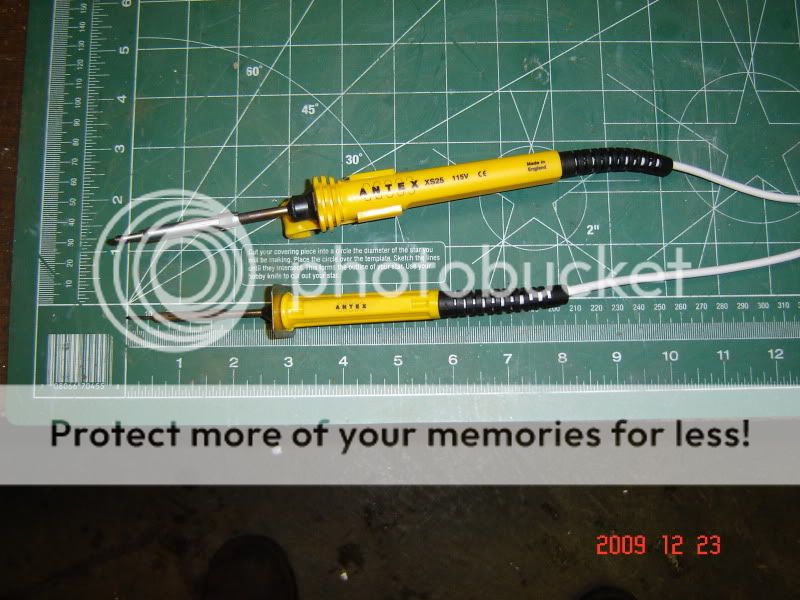Soldering irons are just like other tools, one size very seldom 'fits all'. If you're doing circuit board type stuff, a 200 watt iron isn't too practical. If you're trying to put PL-259's on coax, a 15 watt iron isn't very practical. A 3 feet long screw driver is a handy thing to have around at times, but can also be a real PITA if it's the only one you got...
- 'Doc
- 'Doc


